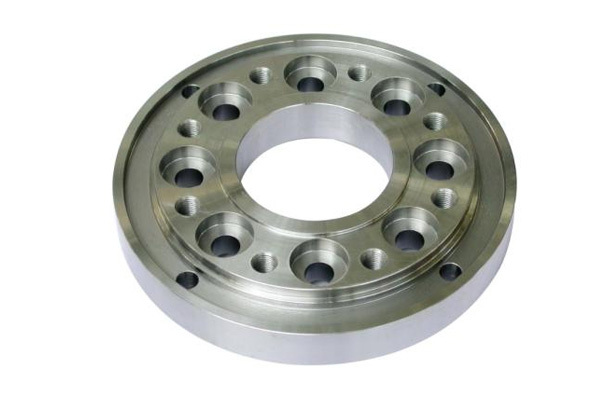The main function of the flange and accident analysis
Release time:
2020-10-20
Author:
Source:
Abstract
The main function of a flange: A flange is a circular ring made of a material that can undergo plastic deformation and has a certain strength. Most flanges are cut from non-metallic plates or manufactured by specialized factories according to specified dimensions. These materials include asbestos rubber sheets, asbestos boards, PTFE sheets, polyethylene sheets, etc., and there are also flanges made by wrapping non-metallic materials like asbestos with thin metal sheets (tinplate, stainless steel).
Low-pressure small diameter threaded flanges, high-pressure and low-pressure large diameter metal wires all use welded flanges. The thickness of the flange, the diameter and number of connecting bolts vary with pressure.
Common overall flanges for large flanges include flat welding flanges and butt welding flanges. Flat welding flanges have poor rigidity and are suitable for occasions with pressure p ≤ 4MPa. Butt welding flanges, also known as high-neck flanges, have higher rigidity and are suitable for occasions with higher flange pressure and temperature.
There are three types of flange sealing surfaces: flat sealing surfaces, suitable for occasions with low pressure and non-toxic media; concave-convex sealing surfaces, suitable for slightly higher pressure occasions; tongue-and-groove sealing surfaces; suitable for flammable and explosive products. Flanges with different performance have good product performance in different fields for toxic media and high-pressure occasions. Different application occasions and spaces will produce different effects.
Cut large flanges and intermediate plates into strips, then roll them into a circular shape. Then process water pipes, bolt holes, etc. Usually, this is a large flange with a maximum length of 7 meters. This type of flange has good quality warranty because the raw materials are medium-density plates, and the materials are carbon steel, stainless steel, alloy steel, etc.
In the machinery industry, many manufacturers use flanges (or reinforcing rings) only for connections or supports, etc. It is said that steel strips (flat steel) can be directly rolled into the required flange equipment. This processing method saves labor and materials, greatly reducing costs.
In recent years, there have been more and more accidents involving flanges, causing great harm to humans. Let's take a look at what kind of harm flanges bring to our lives.
The leakage problem during the natural gas transportation process has always been a concern for engineers. There have also been many such accidents domestically. The leakage of natural gas can cause frequent accidents. However, the leakage of natural gas is mainly due to the leakage of flange joints. Solving this problem is directly related to the important content of safe production.
There are many leakage factors at the flange connection, such as pipeline perforation leakage caused by electrochemical corrosion of embedded steel pipes, leakage caused by the rupture of pipeline welding components, etc. In urban gas distribution systems, the main connection form for removable connections such as equipment and pipelines is flange connections, especially in storage and distribution stations, pressure regulating facilities, valve wells, metering rooms, etc., where numerous flange interfaces are used.

recommend Reading
Forging flame heating equipment and its application 1 - Intermittent loading flame heating equipment
2020-10-20
Classification, characteristics, and equipment used in forging
2020-10-20
Standard for flange sealing gaskets
2020-10-20




